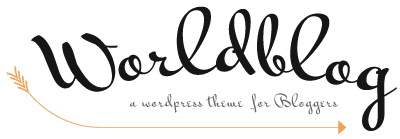As a beginner, learning to embroider should not be a daunting task and should not feel like an enormous investment of both time and money. It’s a simple and low-cost pastime to get started with!
A deeper understanding of embroidery can be gained after getting your hands dirty (or, perhaps more aptly, your needle threaded). You can also learn new techniques, ideas, and tools that will help you improve your stitching.
A List of Necessities
Fabric
A light-colored cloth or evenweave fabric like linen is ideal for your first project. If you’re purchasing by the yard, you’ll need just a quarter yard for multiple projects. Even though Aida cloth is available alongside embroidery floss, it’s best used for cross-stitch patterns; avoid it.
Stitching thread
Cotton embroidery floss in a few different colors is ideal. DMC products are easy to find, affordable, and of high quality. If you’re making anything like a friendship bracelet, steer clear of the floss that’s intended for craft projects.
Stitching hoops
All you require to get started with an embroidery hoop is a simple wooden or plastic one. With a 6-inch hoop, you can tackle a wide range of tasks.
Needles
There are many embroidery needles on the market, just like there are hoops. The only need is for the needle’s eye to be large enough to accommodate embroidery floss. However, the most convenient alternative is to buy a pack of needles branded for embroidery.
A water-soluble pen
Tracing is the most common method of transferring a pattern to a piece of cloth. Using a water-soluble pen instead of a standard pencil will guarantee that you don’t produce any errant marks.
Scissors
Before you acquire a fancy pair of scissors for needlework, you can use whatever scissors you have on hand. It’s important to make sure that the end of the floss isn’t frayed.
Stitches to Consider
Straight-forward sewing
Even if you’ve never done it before, you undoubtedly certainly understand how to execute this stitch. As you learn to embroider, you’ll do a lot of short straight lines.
Stitching from the bottom up
Backstitch is a great tool for outlining, and it’s so simple to use. With a bit of effort, you can create something that looks fantastic!
Starting/stopping
To get the most outstanding results, there are a few procedures that you should follow. A knot at the beginning and end is also acceptable.
Tips for a Perfect Finish
When you’re finished stitching, you may need to rinse or soak your embroidery to eliminate any markings. It removes creases as well. When it’s out of the water, use a towel to remove any excess water gently. A folded towel can then be used to press the needlework from the back.
You can begin stitching now.
Stitching can begin now! With a little practice, you’ll be able to go from basic patterns to more complex ones with confidence. French knots and detachable chain stitches can be learned after you’ve learned a few basic stitches.
Conclusion
Once you get the hang of the basics, embroidery becomes accessible from there.

